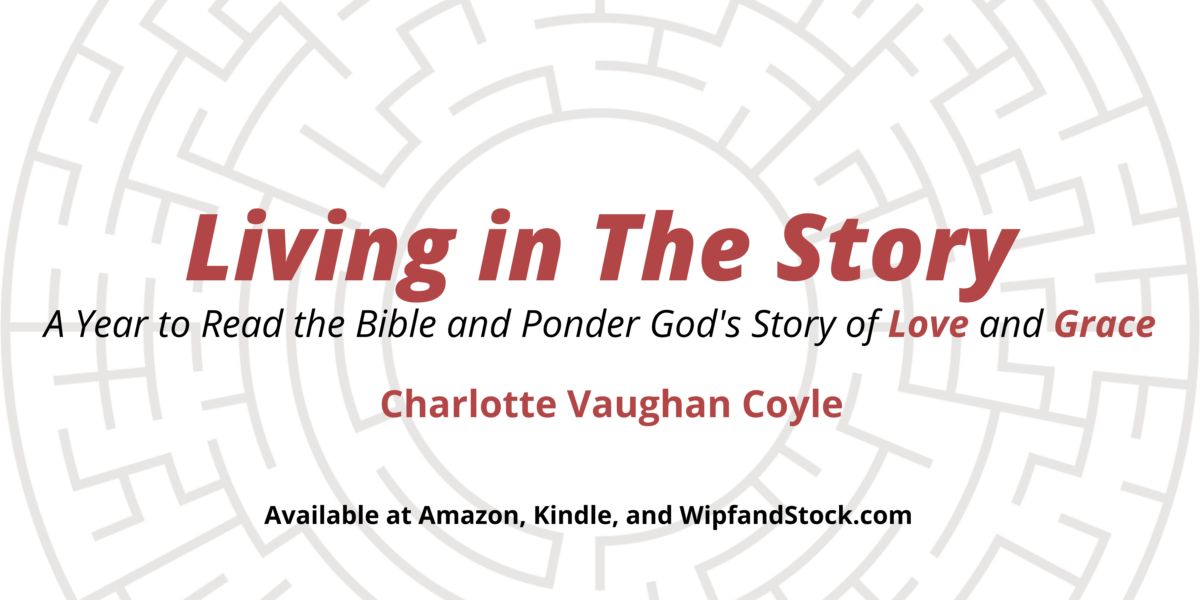The readings from the books of Samuel and the records of the Chronicles offer a different story line for David’s life as king. Here is a good example of the editorial range of storytelling in Scripture. Editorial – Theological – Perspectival. This is a good thing. All of our stories are vast and complex so of course the biblical story should show us the multifaceted reality of humans in their journey of relationship with God and with one another.
Especially note that the Chronicler does not include the tale of David’s sin against Bathsheba and Uriah. Surely the story was a powerful part of the David tradition so it’s fascinating to ponder why Chronicles chose not to include it.
Also note this: if you go to the Bible Gateway passage linked below in the NRSV of 2 Samuel 11, you will see that the heading announces this: “David Commits Adultery with Bathsheba.” I say “balderdash.”
I grew up with the interpretation that the sin was adultery and that Bathsheba was a willing partner – maybe even a temptress – but certainly equally guilty. Now I bristle at the modern spin that (as happens too often) blames the victim. If a king called a woman into his chamber, she had no choice but to obey. A king’s royal power overpowered any resistance. Today we would call it rape. Be sure to read Charlotte’s recent sermon (below) on this event in light of Psalm 51.
When you read John 9, consider once again Jesus’ teaching on “who sinned” in light of the David story.
Living in The Story blog for Week 30
https://livinginthestory.com/2016/05/davids-undoing/
A sermon about sin and salvation
https://livinginthestory.com/2017/07/sin-the-lost-language-of-salvation/
